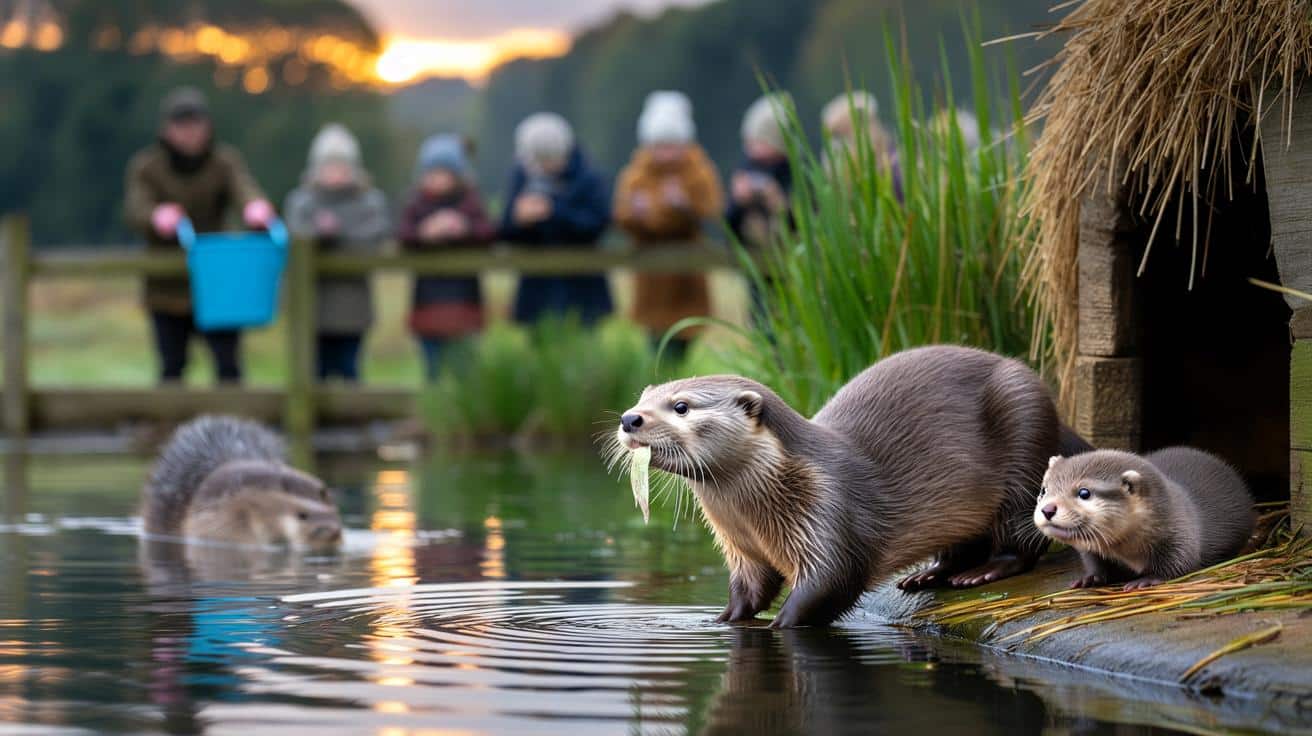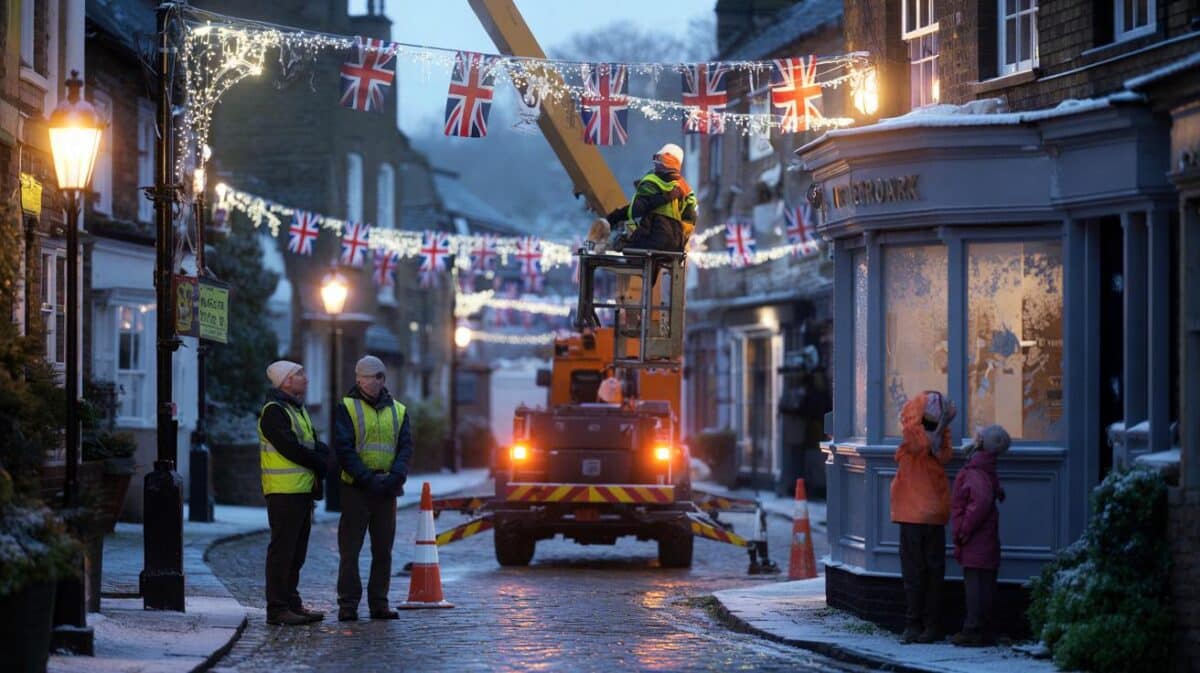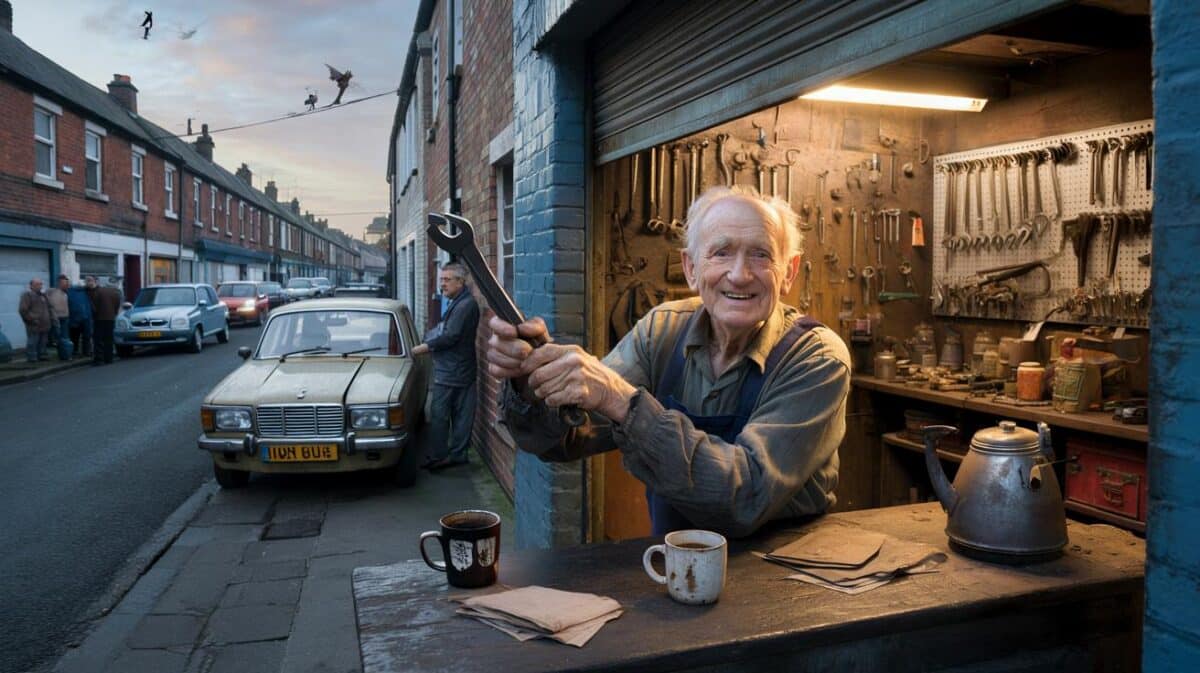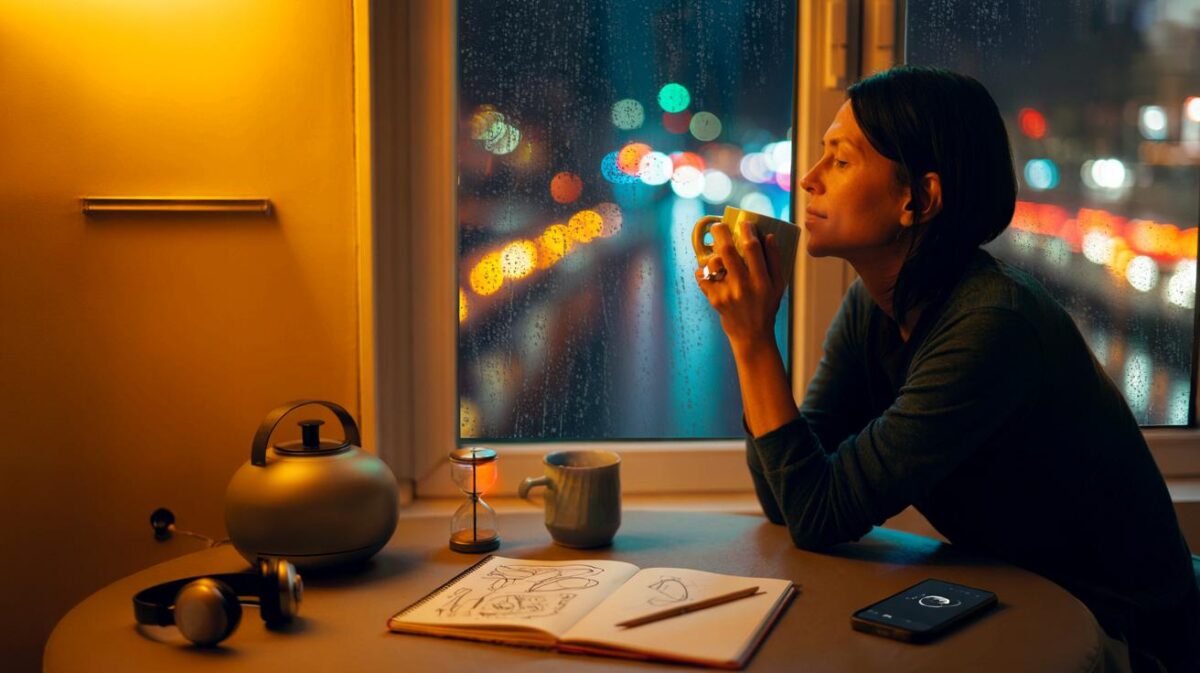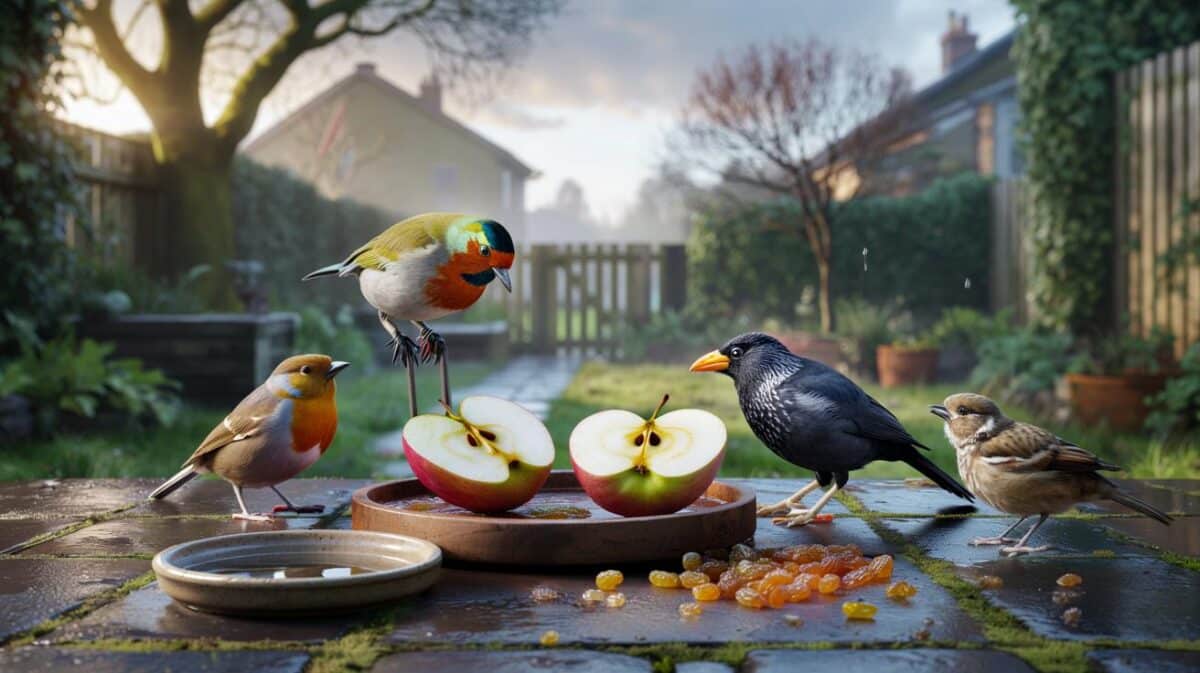The pups are still tucked away in their cosy nest, which raises the big, practical question visitors always ask. When can you actually see them?
The pond steamed faintly in the cold as a thin ribbon of sun peeled over the treeline, and the parents patrolled the reed bed like sleek shadows. A dad in a wool hat pointed out a tiny ripple and everyone leaned in, breath white, hopeful, amused by our own eagerness. A keeper moved past with a nod, carrying fish in a blue bucket that smelled like the sea, and the crowd softened to a hush that felt almost ceremonial.
Nothing dramatic happened, except for our attention knitting to one place and refusing to look away. A dark nose surfaced, a quick circle, then silence again, as if the enclosure itself had decided to keep a secret. Somewhere behind the hay, something small was beginning.
New pups, new energy — and why this birth matters
Otter pups change the energy of a park overnight, even if you can’t see them yet. Staff walk lighter, visitors lean closer, and the air around the enclosure hums with a buoyant kind of patience. **A single litter turns a corner of Britain into a little theatre of possibility.**
Asian short‑clawed otters typically have two to four pups, and they start out blind, pink‑palmed and soft as a whisper. In many UK collections, keepers track every squeak and feed because those first weeks can be delicate, and that care often leads to strong survival rates. One keeper told me they know things are on track when the parents start ferrying food scraps back to the nest with a confident, almost domestic rhythm.
There’s also a wider story: these otters are classed as Vulnerable in the wild, pressured by habitat loss and pollution across South and Southeast Asia. Responsible breeding and thoughtful public viewing can do two things at once — build healthy assurance populations and spark support for wetlands at home. It’s not a lecture; it’s a quiet nudge that begins with whiskers and ends with water quality.
Here’s when visitors can see the pups
The short answer is: when the pups decide the world is interesting. Most litters stay inside for roughly six to eight weeks, then start peeking out between feeds, often in short, blink‑and‑you’ll‑miss‑it sorties. **In that early window, your best chance is the edges of the day — first hour after opening or the last hour before closing.**
Once the pups venture out, parks often layer gentle routines: low‑key keeper chats, soft crowd management, a buffer of space around the holt. We’ve all had that moment when a child at our side bounces with excitement and the quiet is hard to hold, so think of it like a library with pawprints. Let’s be honest: nobody does that every day.
When I asked how visitors would know the pups were ready for prime time, the answer was all about reading the parents and keeping stress low.
“You’ll see the first confident paddles and hear the chirps carry,” said a senior keeper. “That’s our cue to open the viewing a touch wider and let people share the moment, slowly.”
- Expect a soft launch — brief sighting windows before full public talks resume.
- Listen for keeper updates at the enclosure; signs may change week to week.
- Bring patience, not just cameras; the pups write the schedule.
How to make your visit magical, not manic
Think layers. Plan an early or late slot, then build a calm loop around the park so you can swing back without camping in one spot. Keep your phone ready on silent, switch to burst mode, and cradle it at chest level so you can watch with your eyes first, screen second.
Give the glass and railings a little breathing room. Two steps back often earns you a better angle and less glare from winter light. Speak low, model it for the kids, and keep snacks crinkling to a minimum — tiny ears pick up everything, and a hushed enclosure tends to reward the patient.
The park’s approach is simple: low stress, high joy.
“We put the animals’ comfort first, and that’s what gives visitors a real story to take home,” a keeper explained, smiling into the reeds.
- Check the weather on the day: drizzle can mean fewer crowds and braver pups.
- Avoid leaning over the rail; crouch instead to reduce your silhouette.
- No flash, no tapping on glass — their eyes and nerves are still adjusting.
A small window, a big memory
What stays with you isn’t the perfect photo, it’s the tiny sound that makes a whole group go quiet all at once. A parent shuttles past with a sliver of fish, a pup turns like a question mark, and the reed bed becomes a world, not a backdrop. **That is the kind of moment that sneaks into your week and softens it.**
There’s a gentle social contract in play here: we get the privilege of watching, and in exchange we bring soft voices and slow feet. You’ll find yourself timing coffee around a rumoured sighting, looping back with a warm grin when you catch only ripples. Then, one visit tips into luck, and something small bobs into view like a comma at the end of a long, patient sentence.
Maybe that’s the charm of it. You’re not guaranteed a show; you’re invited to share the waiting. And when the pups finally sketch their first wobbly laps under a pewter sky, the whole crowd exhales into the same simple, human feeling — joy without a headline.
| Key points | Detail | Interest for the reader |
|---|---|---|
| Pups won’t appear immediately | Expect 6–8 weeks indoors before short, cautious outings | Sets realistic timing to plan a visit |
| Best viewing windows | First hour after opening or last hour before closing | Increases your chance of seeing the pups |
| Visitor etiquette matters | Low voices, no flash, step back from glass | Protects pups and improves your experience |
FAQ :
- When will the pups be visible to visitors?Usually once they’re 6–8 weeks old and the parents are relaxed about them exploring. Look for updated signs or check the park’s daily schedule on the morning of your visit.
- What species are they?Most UK parks keep Asian short‑clawed otters, the smallest otter species, known for their chirps and dexterous little hands. If the park houses a different species, staff will flag it on signage.
- Are there set keeper talks?Talks often run on weekends and holidays after the pups start venturing out. Times can shift, so peek at the board by the entrance or the park’s app on the day.
- Can I take photos or videos?Yes, but with no flash and no tapping on the glass. Hold your phone steady, use burst mode, and let your eyes do most of the watching.
- Do the otter parents have names?They usually do, and you’ll often find them on the habitat sign or announced by keepers. Kids love spotting which parent is on patrol and which is on nursery duty.

